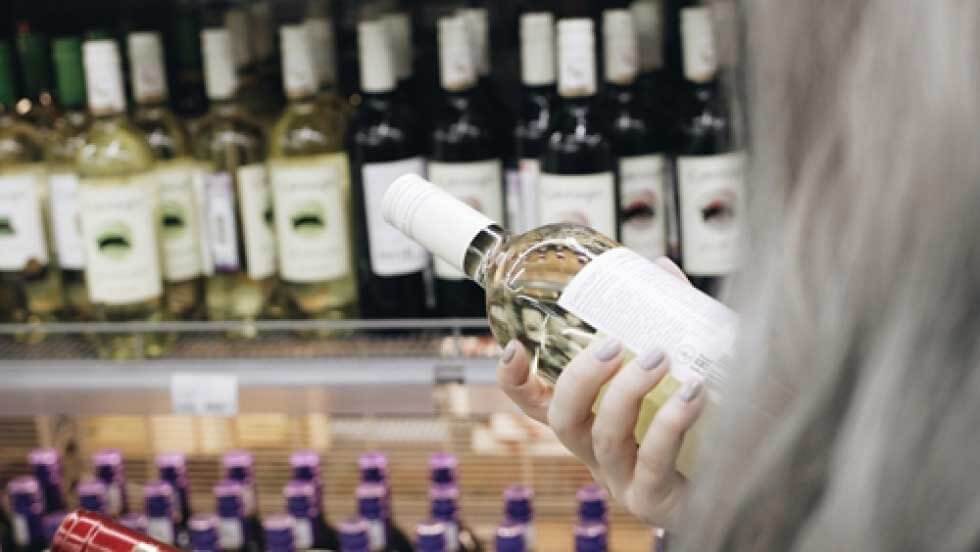Which Wine To Bring To Easter
Attending Easter dinner as a guest means bringing something to share, and wine is perfect for the occasion. However, the drink you bring should pair well with the food being served at each course. Before heading to the store, ask the host what’s on the menu. Or, if you’re the chef, plan your food first. Culinary academy students, check out these pairing suggestions:
Appetizers: Sparkling
Light starters pair well with wines that feature acidity and mild flavors. You also want your drink choice to stimulate diners’ appetites so they’re ready to enjoy the meal ahead. The best wine for both of those needs is either a sparkling one, such as a brut, or a dry white with high acidity, such as a pinot gringo or riesling. Be sure to chill the wine prior to opening it. If you’re cooking, stash your wine in the fridge before everyone arrives. As a guest, cool the drink at home and keep it on ice while you travel to your destination.
Already know what wine you want but aren’t sure about appetizers? High-acidity drinks are a born match for tart flavors. For instance, bruschetta, which features tomatoes and balsamic vinegar, would be a fine pairing.
Salad: High acidity
High-acidic wines pair well with simple ingredients and balance vinegar, making them ideal for salad. Of course, as all wine has some acidity, this gives you a lot of options. For red, choose pinot noir, and for white, bring sauvignon blanc or riesling.
 A high-acidic, light red works well with salad.
A high-acidic, light red works well with salad.Entrees: Reds
Classic Easter entrees include lamb and ham, both of which carry a lot of flavor. The rule of thumb for pairing food and wine is matching weight. For instance, because lamb has such a heavy taste naturally, not to mention the seasoning often used with it, you need a wine that can hold up. As such, choose a cabernet sauvignon. This full-bodied red has fruit and oak flavors with medium tannins and acidity. Many variations have additional tasting notes like tobacco or vanilla. In general, cabernet sauvignon is a crowd-pleaser, so it will pair well and appeal to even picky drinkers. Other options include malbec (the peppery notes will pair well) and shiraz.
You can go lighter with ham than you would with lamb, but not too light. Ham often tastes salty, which can make wine taste more alcoholic, or bold. Pinot noir will come across as more powerful when consumed with your salty dish. This is appealing to some, but others shy away from strong tasting notes. Keep a bottle of acidic white on hand for such dinners – acidity cuts through salt.
“Your wine must always be sweeter than your dessert.”
Dessert: Full-bodied
The weight-per-weight rule applies during the dessert course, too. For instance, chocolate, particularly dark, is bitter and rich. As such, it’s best matched with a full-bodied red, such as zinfandel, or port. You can also look at tasting notes. A red wine with berry flavors will go beautifully with a berry pie. Light desserts like fruit and cream should be paired with a sweet white. Another dessert rule to abide by is that your wine must always be sweeter than your dessert. For this reason, it’s hard to go wrong with dessert wines like port and sherry. The latter is also ideal for a cheese course.
Overall winner: Pinot noir
If you can only bring one wine to Easter dinner, make it a pinot noir. It’s balanced and will likely complement at least one course, if not all of them.


